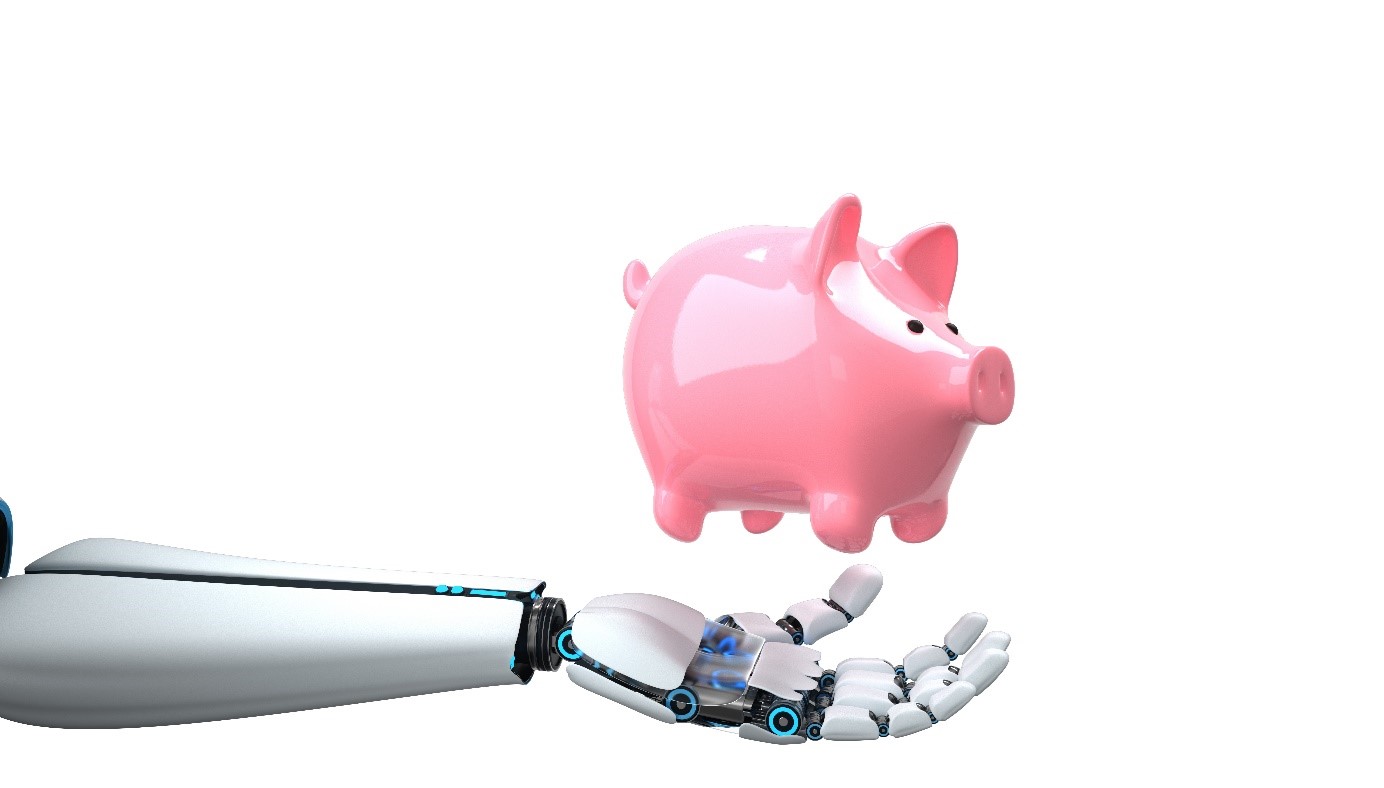Improving On-Time Delivery with Time Buffers
There’s no point in running… In your production resources, in your production orders, among your suppliers, you have hares and tortoises. The trick is to get there on time (yes, I know, that’s not the original moral). This is what is measured by the most important supply chain performance indicator for the supply chain: the … Read more














